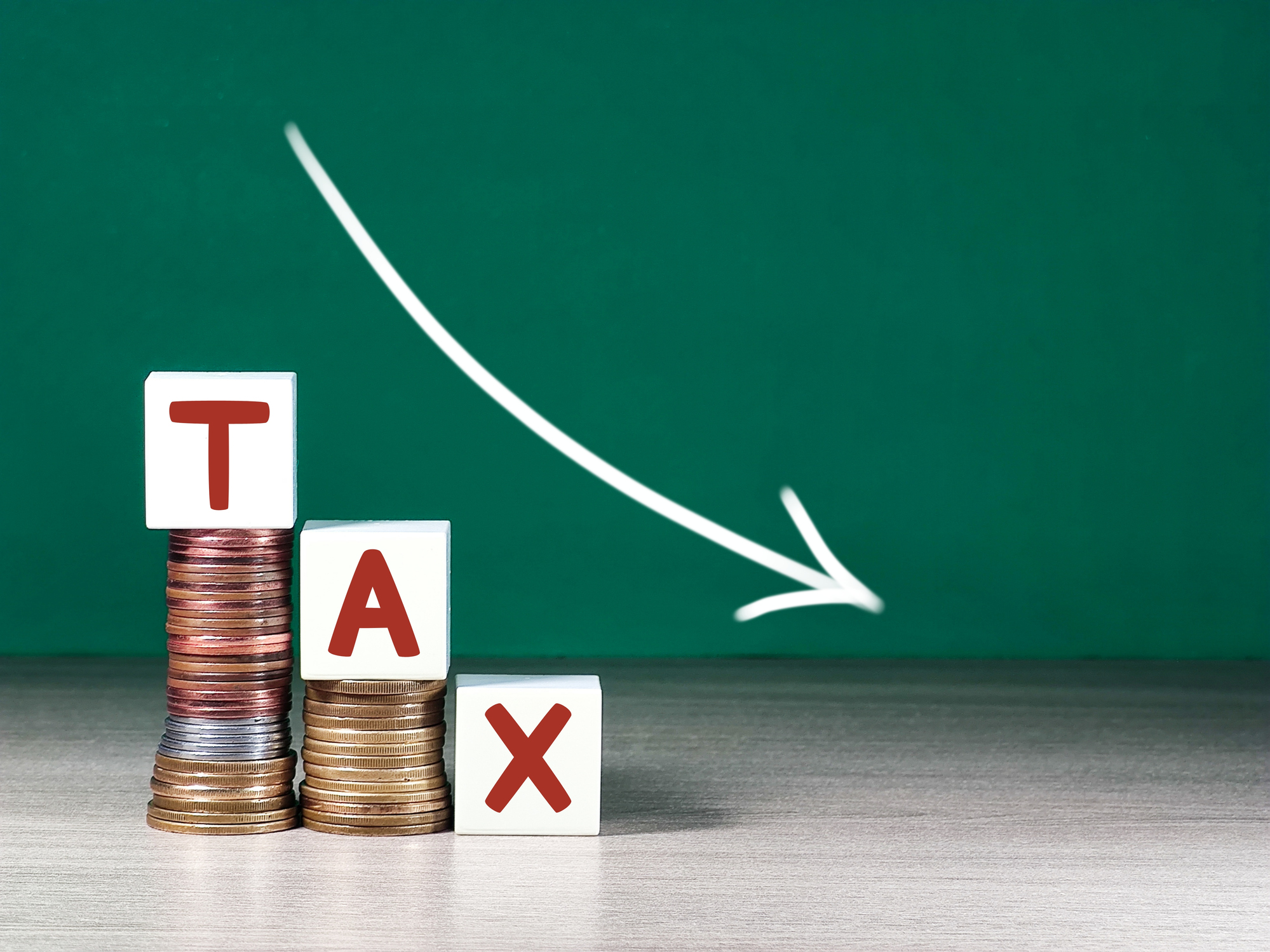
Knowing how to lower your tax bill requires understanding your tax situation. Several factors contribute to your overall tax liability, including (but not limited to) a change in income and aging dependents. And receiving a tax refund last tax season doesn’t guarantee you will receive one next year.
Staying up-to-date on federal tax changes and state tax changes can help you understand how to pay less in taxes on your income in 2025.
Lower your tax bill with deductions and credits
Taking advantage of often overlooked tax deductions and credits can potentially lower your tax liability and help you avoid a big tax bill (or get a bigger refund). Keeping detailed tax records throughout the year can also help keep you from missing out on those money-saving deductions and credits when you file your tax return next year.
This is especially important for taxpayers who plan to itemize deductions. For example, you'll need to keep receipts if you plan to deduct gambling losses or charitable contributions.
Even if you claim the standard deduction, you might benefit from keeping detailed receipts as well. Some examples of expenses that can be deducted include:
- Energy-efficient home upgrades (energy-efficient windows, home energy audits, solar panels, etc.).
- Some scholarships or education expenses (excludes room and board, transportation, sports and hobbies, non-credit courses, insurance, and medical, personal, living, or family expenses.).
- Childcare expenses (like the child and dependent care tax credit for nanny, babysitter, or daycare costs).
- Medical expenses (if you use your Health Savings Account (HSA) or Flexible Spending Account (FSA) to pay them or if you plan to itemize deductions).
Having organized receipts will tell you exactly how much you spent, but being able to document your expenses can also protect you if your return is chosen for an IRS tax audit.
Life changes may affect taxes
Life changes can drastically impact your tax liability, sometimes without you even realizing it. While the following list does not cover all situations that can impact your taxes, you might see a bigger tax bill if any of these applied to you last year.
- Collecting retirement benefits while continuing to work: Social Security retirement benefits are subject to federal income tax, and some states tax retirement benefits.
- Age of dependents: Dependents who turn 17 years old this year will not qualify for the child tax credit.
- Work status of dependents: If your dependent is not a qualifying child (for example, a domestic partner) and exceeds the income threshold, you cannot claim them as a dependent. (For the 2025 tax year, a non-child dependent can't make more than $5,200 in gross taxable income to qualify as a dependent.)
You can use the IRS’s Interactive Tax Assistant to find out who you can claim as a dependent on your 2025 tax return.
Make estimated tax payments (if you need to)
The IRS reminds taxpayers to make estimated tax payments if they expect to owe more than $1,000 in federal taxes (after accounting for tax deductions and credits). Employees can opt to have more taxes withheld from their paychecks.
If you do not have taxes withheld throughout the year, you’ll likely need to pay estimated taxes each quarter. If you don’t, the IRS could penalize you, further increasing your tax bill. When you miss an estimated quarterly tax payment deadline, the penalty is 0.5% of your unpaid taxes for every month (or partial month) the payment is late.
Retirement contributions may be tax-free
You can also lower your tax bill by taking advantage of retirement contributions. You can contribute a portion of your income tax-free (until you make withdrawals).
Retirement savings plan contribution limits for 2025 (returns you'll file in early 2026) have increased by $500 from last year to $23,500 (for traditional 401(k), 403(b), and the federal government’s Thrift Savings Plan). 2025 traditional IRA contribution limits have remained the same as last year's, at $7,000. Not counting that money toward your taxable income means the IRS will take less in taxes.
Note: Roth IRA contributions are not tax-deductible, but earnings grow tax-free.)
However, your tax liability will increase if you make early retirement withdrawals (before age 59 ½ ). The money you withdraw will be counted in your taxable income, but you might also face an additional tax penalty of 10%.
2025 federal income tax brackets
Not all 2025 tax changes will cost you more money. In fact, you might see your 2025 tax bill reduced without any effort. Federal income tax brackets are increased yearly to account for inflation.
This is good news if you didn’t get a raise at your job, but even if you did, the tax bracket adjustment might help you avoid having to pay a higher percentage of taxes on that income.
Check your tax withholding
The IRS reminds taxpayers to reassess their tax withholdings each year, regardless of their tax liability the previous year. (Sometimes, even minor changes can have an impact on your tax bill).
- Qualification for the Earned Income Tax Credit (EITC): An increase in income or change in the number of dependent children can reduce the amount of the credit you qualify for.
- Placement in a higher tax bracket: An increase in your income could push you into a higher federal income tax bracket, (sometimes called "bracket creep," which means you might pay a higher tax rate on some of your earnings.
Withholding changes made now can impact your 2025 tax bill, so updating withholdings could prevent a surprise tax bill next year. You can use the IRS’s Tax Withholding Estimator to help you determine if you should adjust your withholdings for 2025.







